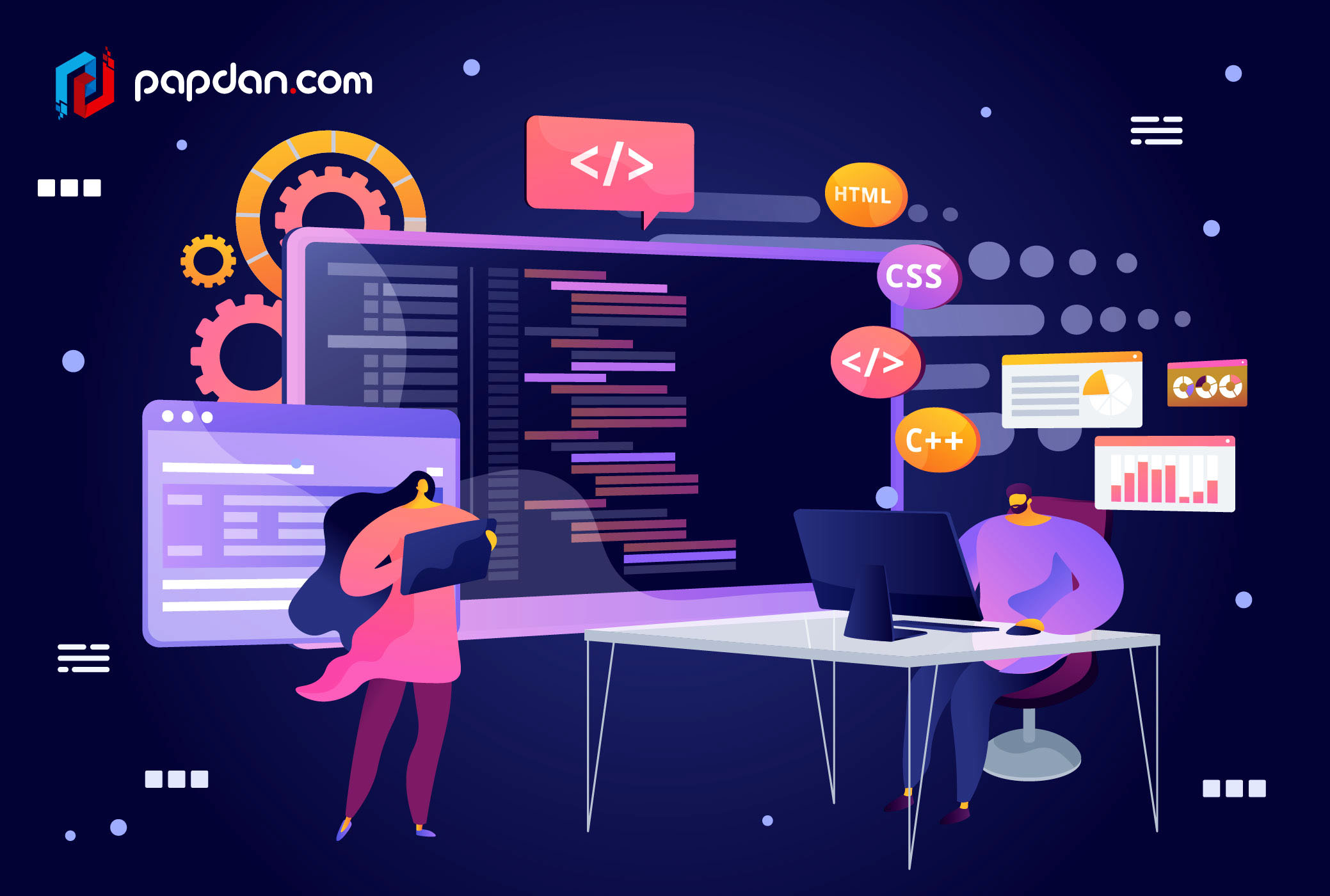The code used in production is not the same as the code used in development. You must create packages that run quickly in production, handle dependencies, automate tasks, load external modules, and more. Build tools are tools that allow you to convert development code into production code. Frontend web developers mostly work with the following types of build tools:
- package managers,
- task runners,
- module loaders,
- module bundlers,
- etc.
We’ve compiled a list of the best build tools for frontend development in this post. Both of these applications are command-line only, therefore they don’t have a graphical user interface.
NPM (PACKAGE MANAGER)
The default package manager for Node.js is npm, which stands for Node Package Maid. When you launch Node.js, npm is automatically installed as well, and you can use it from your command line interface. You can use npm to install any Node.js bundle with only one command.
All current Node.js packages can be found in the npm registry, which can be accessed using the search bar at the top of the npm homepage. Simply enter the name of the package you’re searching for (for example, ‘postcss’) into the search bar, and you’ll be taken to the package tab, which contains all of the information you need about the package, its installation phase, and all of its dependencies.
YARN (PACKAGE MANAGER)
Yarn is a frontend package manager that works as a replacement for npm. You must first install Node.js before you can use Yarn on your device, since Yarn is a Node.js bundle. After that, all you have to do is follow the installation instructions to start using it to handle your frontend dependencies.
Despite the fact that npm is a fantastic application, creating packages with it will take a long time. Whether you don’t have many dependencies to update or don’t use a package manager on a daily basis, this isn’t a concern. If you’re a frequent user, though, you might want to look into Yarn, which prides itself on its lightning-fast build times.
Yarn speeds up the build process by saving all of your dependencies so you don’t have to update them several times. It also performs parallel operations to speed up the construction process even further.
WEBPACK (MODULE LOADER/BUNDLER)
Webpack is a powerful package bundler that lets you combine and load all of your dependencies as static assets in the user’s browser. Webpack can manage any kind of front-end file, including.html,.css,.js,.scss, photos, and other properties, while Browserify just bundles Node.js modules.
Webpack will bundle native ECMAScript and AMD modules in addition to CommonJS modules used in the Node.js ecosystem (other JavaScript module specifications). Webpack examines the code and creates a dependency list. It then packages your files and modules into one or more static files that you can apply to your HTML page depending on the dependency graph.
Since Webpack is a Node.js module, you can use either the npm or Yarn package managers to install it. Webpack project setup takes a long time by default due to the many choices that allow you to fine-tune your project. Since Webpack 4, it has included a zero-configuration option that completely automates the build process and only allows you to specify the entry file.
BROWSERIFY (MODULE LOADER/BUNDLER)
Browserify is a Node.js package loader that allows you to combine your front-end dependencies and load them in the user’s browser as a single JavaScript file. The require() feature in Node.js is used by package managers like npm and Yarn to load modules on the server side. The require() method is brought to the client-side by Browserify, which may result in a significant performance boost.
With Browserify, the user’s browser just needs to load one static JavaScript file that includes all of your project’s dependencies. You will use the packaged JavaScript as a template.
GRUNT (TASK RUNNER)
Grunt is a frontend task runner that helps you to automate common tasks like minification, linting, and testing. Task runners differ from package managers in that they do not allow you to handle dependencies. They’re only necessary if you want to repeat the same task(s) after each build.
Since Grunt is a Node.js package, you can use npm, Yarn, or another Node.js package manager to install it. The package.json file is where Grunt stores the custom dependencies it requires to complete your pre-defined tasks. You can describe the tasks in the Gruntfile, which runs during each build phase and executes each task it contains automatically.

